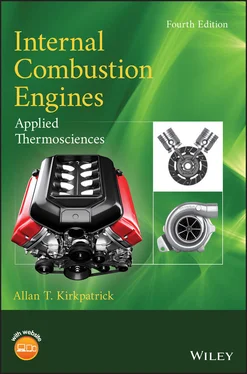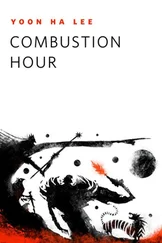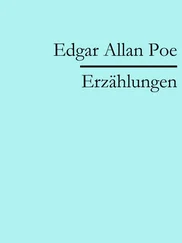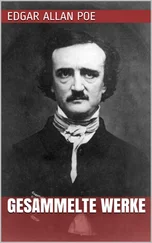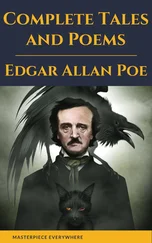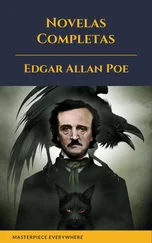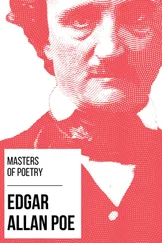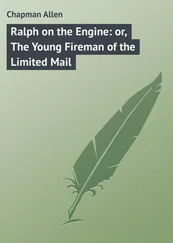1 Cover
2 Preface Preface This fourth edition builds upon the foundation established by the three previous editions (1986, 1999, 2014) of this internal combustion engines textbook. For over thirty years, these editions have documented the continuing development of the internal combustion engine and the increased use of digital computation for analysis and design of engines. The editions have demonstrated the application of the principles of thermodynamics, fluid mechanics, and heat transfer to internal combustion engines, and reflected the changing balance between engineering analysis and numerical computation in improving our understanding of internal combustion engine performance. However, a note of caution should be sounded. As the capability of computers increase, there can be a temptation to rely exclusively on numerical computation. Engineering insight is also required. It is a sense of ‘a feel for the answer’, and is developed through engineering analysis and modeling. The major focus of this fourth edition has been incorporating a time variable, i.e., engine rpm, into the engine analysis. The content additions include chemical equilibrium, chemical kinetics of reacting fuel‐air mixtures, incorporation of valve events into an energy release model, diesel spray penetration and evaporation, analysis of compressor and turbine fluid flow, expanded coverage of alternative fuels, piston ring and crankshaft bearing friction, heat transfer, gaseous emissions, soot, and exhaust gas analysis. The chapter organization remains the same as that of the third edition. The homework problems have increased in number and topics covered. Since it is a standard in most engineering colleges and in industry, the programming software MATLAB® has been retained for the examples and homework problems, and listings of all computer codes are given in the Appendix. The computer codes have been expanded to allow comparison of valve timing and flow, friction and heat transfer models. There are now 26 programs included in the fourth edition, up from 17 programs in the third edition. Digital copies of the computer programs are also available from the author (allan@engr.colostate.edu) and the John Wiley web site. The text is designed for a one‐semester course in internal combustion engines at the senior undergraduate or beginning graduate level. At Colorado State University, this text is used for a single term course in internal combustion engines. The course meets for a lecture two times per week and a recitation/laboratory once a week, for a term of fifteen weeks.
3 Acknowledgements Acknowledgements It should be noted that Colin Ferguson, the author of the first edition of the engines book in 1986, has retired. Colin should be recognized for this significant contribution to engines education. Thanks are due to Professors Alex Taylor, Stelios Rigopoulos, Aaron Costall, and Yannis Hardalupas at Imperial College in London, England for providing a collegial and stimulating environment during my recent stay there. Professor Joshua Keena at West Point Military Academy suggested improvements in friction modeling. Discussions with Colorado State Professors Daniel Olsen and Anthony Marchese on combustion modeling also have been very helpful. Former CSU graduate students Aron Dobos and Richard Wagner deserve a heartfelt thanks for their contributions to the computational elements of the combustion and friction chapters, respectively. Many thanks to the editorial staff at John Wiley & Sons, Inc. for their work on the fourth edition. Ms. Anne Hunt and Mr. Steve Fassioms deserve special acknowledgement for their editorial assistance with this project. I would like to thank my wife Susan and my extended family: Anne, Matt, Maeve, Michael, Rob, Kristin, Thomson, Charlotte, and Theo for their unflagging support while this fourth edition was being written. Finally, this edition is dedicated to my late father, Edward T. Kirkpatrick, who sparked my interest in engines and engineering years ago.
4 About the Companion Website About the Companion Website This book is accompanied by a companion website: www.wiley.com/go/kirkpatrick/internal The Website includes: Solution manuals Matlab programs Scan this QR code to visit the companion website.
5 Chapter 1: Introduction to Internal Combustion Engines1.1 Introduction 1.2 Historical Background 1.3 Engine Cycles 1.4 Engine Performance Parameters 1.5 Engine Configurations 1.6 Examples of Internal Combustion Engines 1.7 Alternative Powertrain Technology 1.8 Further Reading 1.9 References 1.10 Homework
6 Chapter 2: Ideal Gas Engine Cycles2.1 Introduction 2.2 Gas Cycle Energy Addition 2.3 Constant Volume Energy Addition 2.4 Constant Pressure Energy Addition 2.5 Limited Pressure Cycle 2.6 Miller Cycle 2.7 Ideal Four‐Stroke Process and Residual Fraction 2.8 Finite Energy Release 2.9 References 2.10 Homework
7 Chapter 3: Thermodynamic Properties of Fuel–Air Mixtures3.1 Introduction 3.2 Properties of Ideal Gas Mixtures 3.3 Liquid–Vapor–Gas Mixtures 3.4 Stoichiometry 3.5 Chemical Equilibrium 3.6 Low Temperature Combustion Modeling 3.7 Chemical Equilibrium Using Lagrange Multipliers 3.8 Chemical Equilibrium Using Equilibrium Constants 3.9 Isentropic Compression and Expansion 3.10 Chemical Kinetics 3.11 References 3.12 Homework
8 Chapter 4: Thermodynamics of Combustion4.1 Introduction 4.2 First‐Law Analysis of Combustion 4.3 Second‐Law Analysis of Combustion 4.4 Fuel–Air Otto Cycle 4.5 Four‐Stroke Fuel–Air Otto Cycle 4.6 Limited‐Pressure Fuel–Air Cycle 4.7 Two‐Zone Finite‐Energy Release Model 4.8 Compression Ignition Engine Fuel–Air Model 4.9 Comparison of Fuel–Air Cycles with Actual Spark and Compression Ignition Cycles 4.10 Further Reading References 4.11 Homework
9 Chapter 5: Intake and Exhaust Flow5.1 Introduction 5.2 Flow Through Intake and Exhaust Valves 5.3 Intake and Exhaust Manifold Flow 5.4 Airflow in Two‐Stroke Engines 5.5 Superchargers and Turbochargers 5.6 Further Reading 5.7 References 5.8 Homework
10 Chapter 6: Fuel and Air Flow in the Cylinder6.1 Introduction 6.2 Fuel Injection – Spark Ignition 6.3 Fuel Injection – Compression Ignition 6.4 Fuel Sprays 6.5 Gaseous Fuel Injection 6.6 Prechambers 6.7 Carburetion 6.8 Large‐Scale In‐Cylinder Flow 6.9 In‐Cylinder Turbulence 6.10 Further Reading 6.11 References 6.12 Homework
11 Chapter 7: Combustion Processes in Engines7.1 Introduction 7.2 Combustion in Spark‐Ignition Engines 7.3 Abnormal Combustion (Knock) in Spark‐Ignition Engines 7.4 Combustion in Compression Ignition Engines 7.5 Low Temperature Combustion 7.6 Further Reading 7.7 References 7.8 Homework
12 Chapter 8: Emissions8.1 Introduction 8.2 Nitrogen Oxides 8.3 Carbon Monoxide 8.4 Hydrocarbons 8.5 Particulates 8.6 Emissions Regulation and Control 8.7 Further Reading References 8.9 Homework
13 Chapter 9: Fuels9.1 Introduction 9.2 Refining 9.3 Hydrocarbon Chemistry 9.4 Thermodynamic Properties of Fuel Mixtures 9.5 Gasoline Fuels 9.6 Alternative Fuels for Spark‐Ignition Engines 9.7 Diesel Fuels 9.8 Further Reading References 9.9 Homework
14 Chapter 10: Friction and Lubrication10.1 Introduction 10.2 Friction Coefficient 10.3 Engine Oils 10.4 Friction Power and Mean Effective Pressure 10.5 Friction Measurements 10.6 Friction Scaling Parameters 10.7 Piston and Ring Friction 10.8 Journal Bearings Journal Bearing Friction Journal Bearing Pressure Profile 10.9 Valve Train Friction 10.10 Accessory Friction 10.11 Pumping Mean Effective Pressure 10.12 Overall Engine Friction Mean Effective Pressure 10.13 Further Reading References 10.15 Homework
15 Chapter 11: Heat and Mass Transfer11.1 Introduction 11.2 Engine Cooling Systems 11.3 Engine Energy Balance 11.4 Heat Transfer Measurements 11.5 Heat Transfer Modeling 11.6 Heat Transfer Correlations 11.7 Radiation Heat Transfer 11.8 Heat Transfer in the Exhaust System 11.9 Mass Loss or Blowby 11.10 Further Reading 11.11 References 11.12 Homework
Читать дальше
